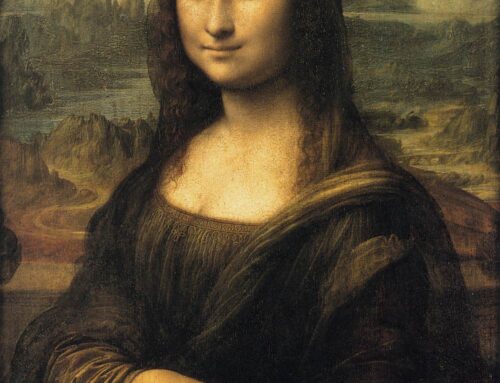History traces our future, beyond modernity: the ways the psyche draws on the past to show the way forward.
Now, to the extent that unconscious tendencies — be they backward-looking images or forward-looking anticipations — appear in dreams, dreams have been regarded, in all previous ages, less as historical regressions than as anticipations of the future, and rightly so. For everything that will be happens on the basis of what has been, and of what — consciously or unconsciously — still exists as a memory trace. In so far as no person is born totally anew, but continually repeats the stage of development last reached by the species, he or she contains unconsciously, as an a priori datum, the entire psychic structure developed both upwards and downwards by his or her ancestors in the course of the ages. That is what gives the unconscious its characteristic “historical” aspect, but it is at the same time the sine qua non for shaping the future. For this reason it is often very difficult to decide whether an autonomous manifestation of the unconscious should be interpreted as an effect (and therefore historical) or as an aim (and therefore teleological and anticipatory). The conscious mind thinks as a rule without taking into account the influence this a priori factor has on the shaping of the individual’s fate. Whereas we think in periods of years, the unconscious thinks and lives in terms of millennia. So when something happens that seems to us an unexampled novelty, it is generally a very old story indeed. We still forget, like children, what happened yesterday. We are still living in a wonderful new world where humanity thinks itself astonishingly new and “modern.” This is unmistakable proof of the youthfulness of human consciousness, which has not yet grown aware of its historical precedents.
C.G. Jung, “Conscious, Unconscious, and Individuation,” Collected Works 9.1
For an article describing the anticipatory quality of dreams, see here.
For other posts on Jung, see here.









Interesting…what is emerging has its roots in what has been. Nothing new under the sun? Perhaps also a good reason to worship our ancestors? I wonder what we are leaving for future generations…